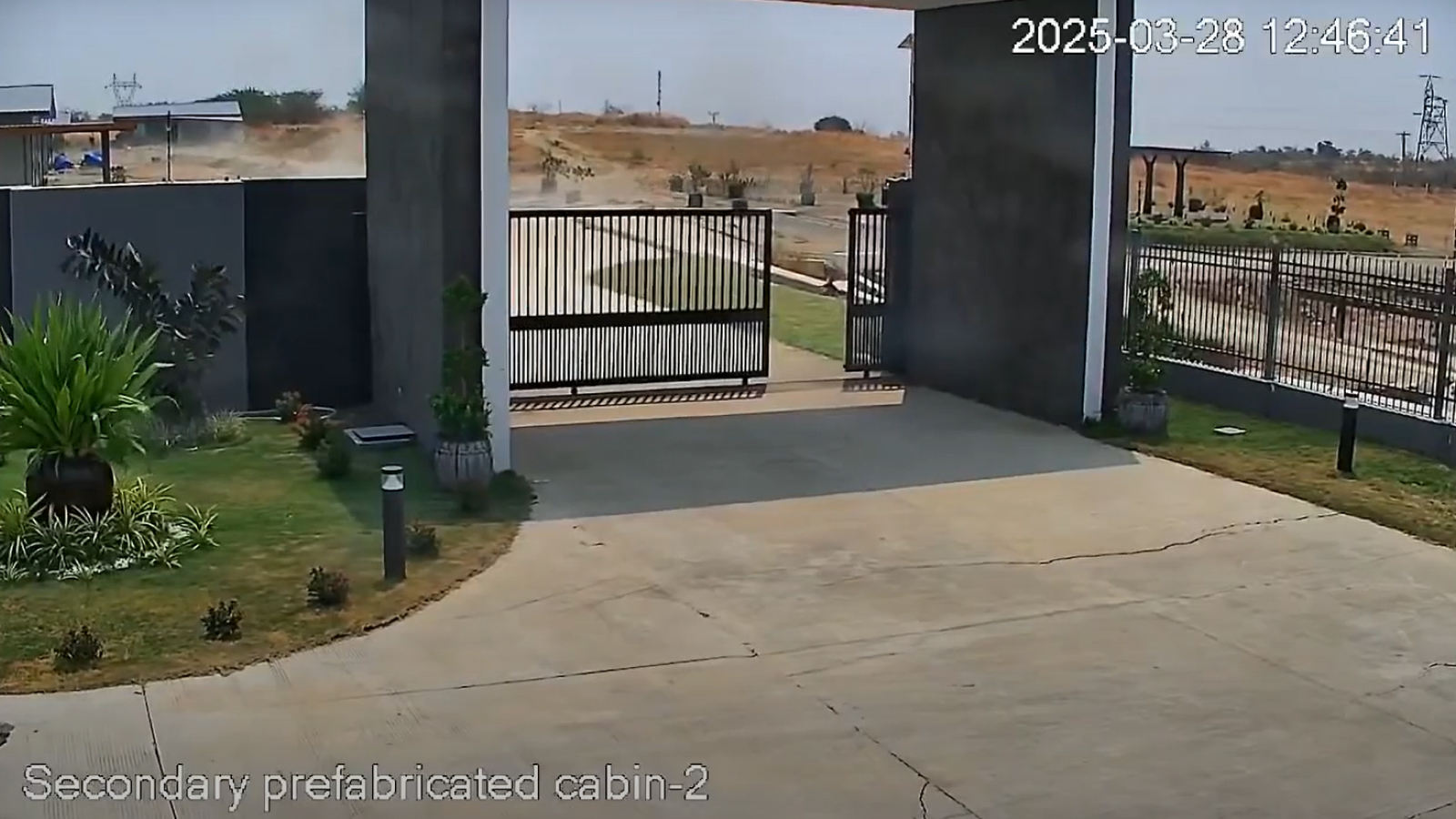Evidence of 'modern' plate tectonics dating to 2.5 billion years ago found in China
Rare minerals show evidence of an ancient subduction zone.
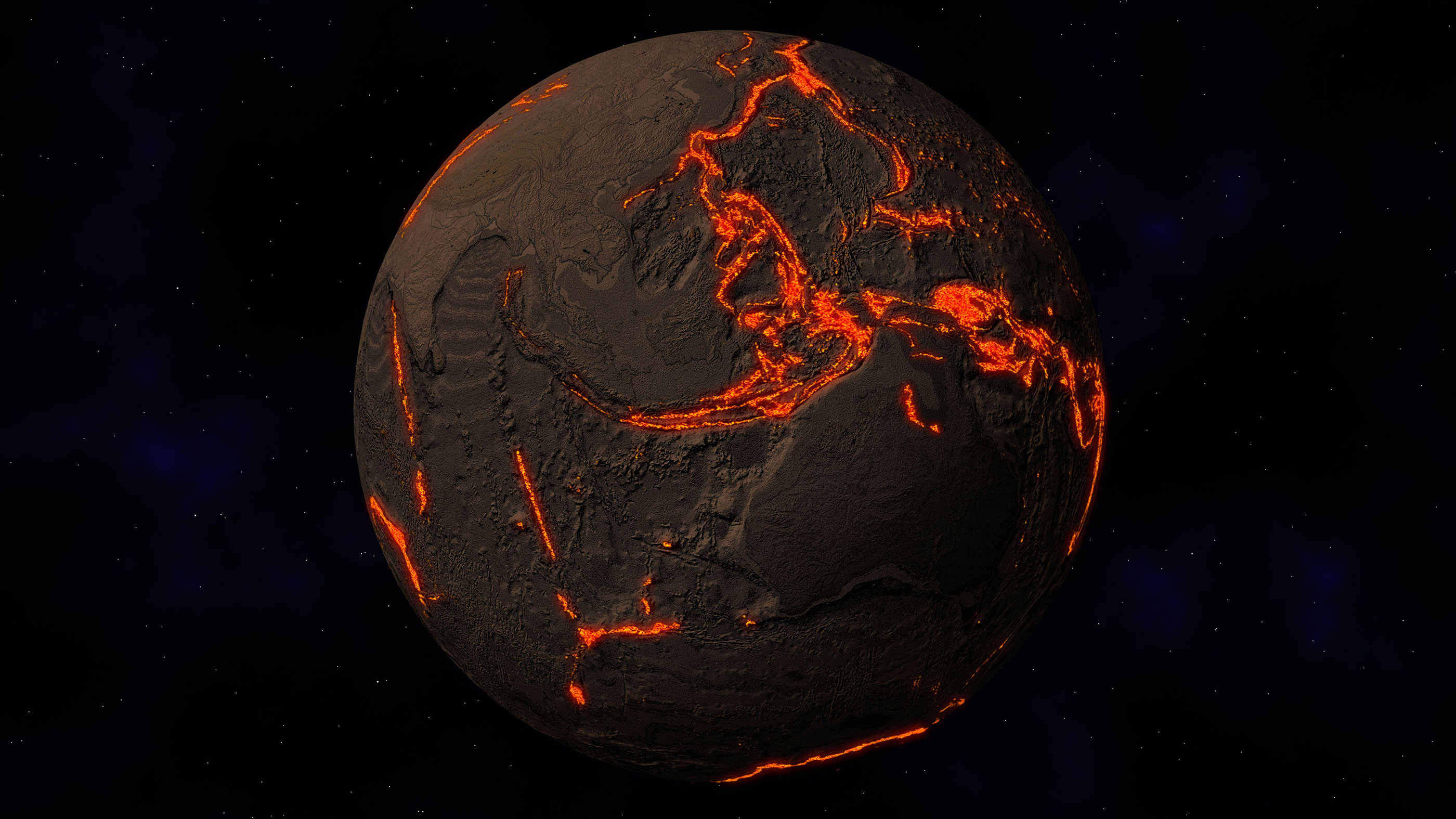
A unique rock formation in China holds clues that tectonic plates subducted, or went underneath other plates, during the Archean eon (4 billion to 2.5 billion years ago), just as they do nowadays, a new study finds.
This 2.5 billion-year-old rock, known as eclogite, is rare, forming when oceanic crust is pushed deep into the mantle (the layer between the crust and the core) at relatively low temperatures. This type of high-pressure, low-temperature rock is "largely confined to subduction zones on the present Earth," study co-lead researchers Timothy Kusky and Lu Wang, Earth scientists at the China University of Geosciences, told Live Science in an email.
The study reveals the oldest known eclogites from an ancient mountain belt found in Earth's oceanic crust, the researchers said. The next-oldest rocks of this kind — 2.1 billion-year-old rocks in the Democratic Republic of the Congo — are about 400 million years younger, the researchers said.
While this isn't the oldest evidence of plate tectonics on record — a 2021 study, for instance, dated plate tectonics to about 3.6 billion years ago — the new finding is a valuable data point showing that tectonic plates subducted underneath each other in Earth's "early" days, geologically speaking at least.
Related: Giant tectonic plate under Indian Ocean is breaking in two
Tectonic plates — the moving slabs that make up Earth's outer crust — are responsible for the cycling of materials and elements from deep inside Earth to its oceans, surfaces and atmosphere. For decades, the research team has worked to understand Earth's early history and evolution, "from the time it formed and cooled from a molten ball of magma in space" to when it solidified, forming a rigid outer crust that evolved to the plate-tectonic system we have today, Kusky and Wang said.
Tectonic plates are crucial for heating the planet. Due to moving tectonic plates, "heat is lost from the interior, much like bread floating and moving on a pot of hot boiling stew below," they said. "Whether the transition to a plate-tectonic Earth happened early, or whether the planet evolved through different stages dominated by different mechanisms of heat loss, is one of the most unresolved and debated questions in Earth sciences today."
Get the world’s most fascinating discoveries delivered straight to your inbox.
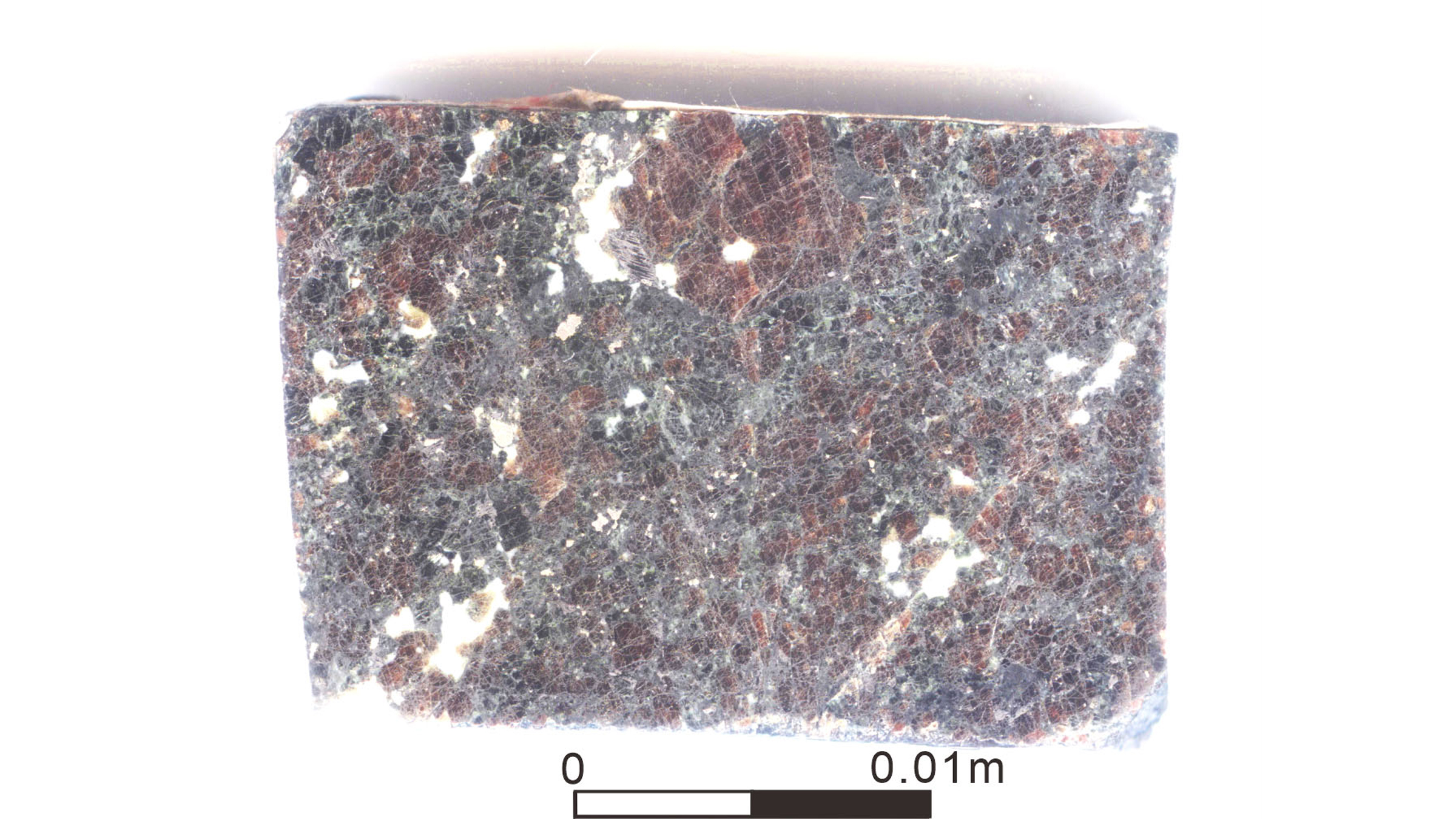
That's why, for the past 20 years, the research team has mapped Archean eon rocks spanning about 990 miles (1,600 kilometers) in northern China — "an ancient mountain belt, called an orogen, recording the place where two tectonic plates collided about 2.5 billion years ago," Kusky and Wang said.
Many features in these rocks indicate that this ancient mountain belt formed as tectonic plates interacted with each other. For instance, fragments of oceanic crust called ophiolites are trapped in the ancient collision zone, as are highly deformed mixtures of rocks called mélanges (French for "mixtures") that mark the spots where the plates collided, the researchers said. The team also found large folded structures, called nappes, that plate tectonics pushed from hundreds to thousands of miles away.
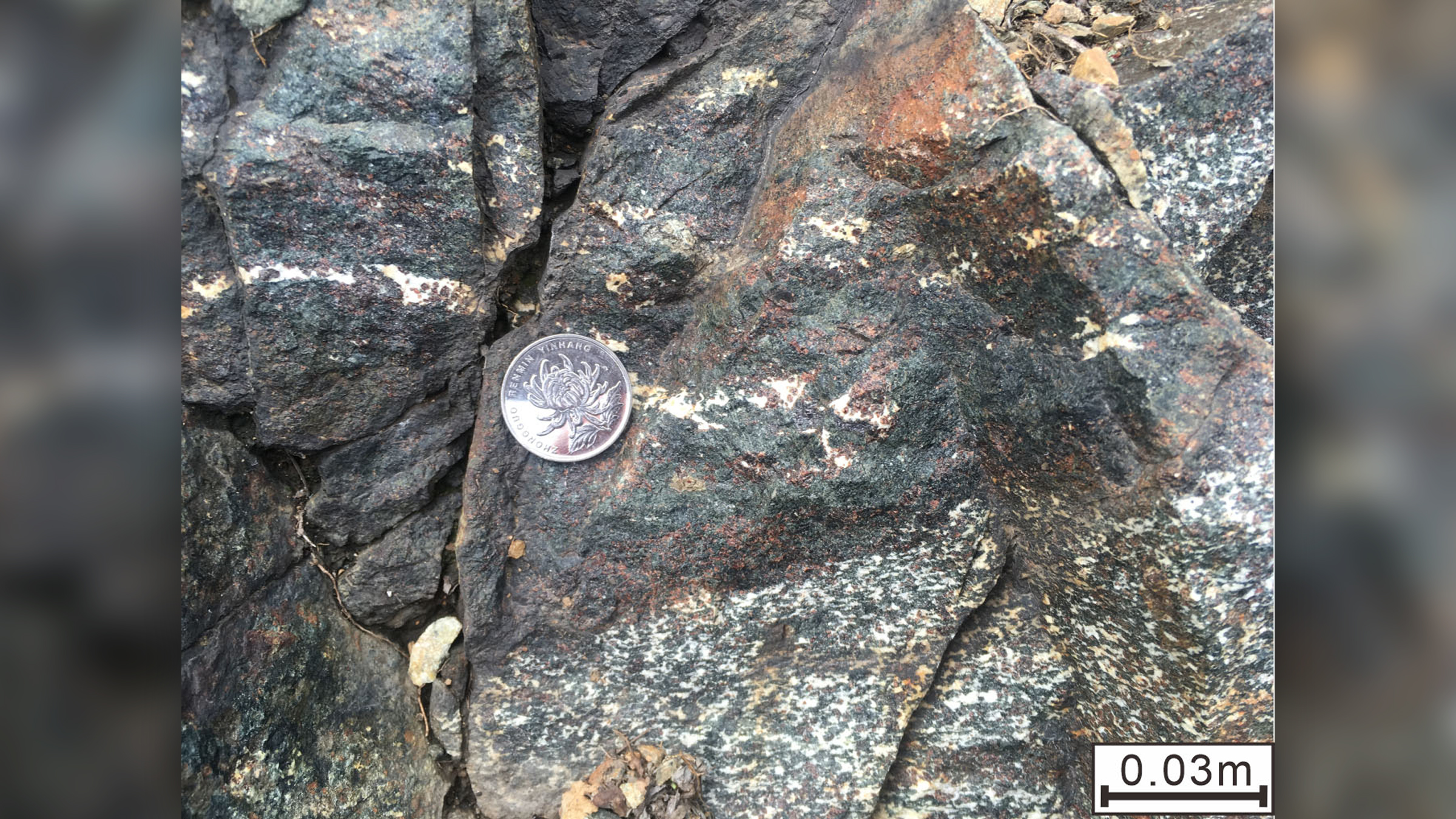
High pressure, low temperature
The discovery of the eclogites within the mélange reveal that a tectonic slab of oceanic crust subducted under another plate, metamorphosing — that is, having its composition, texture or internal structure altered by heat and pressure — as it dove deep into the mantle.
It's rare to find eclogites from the Archean eon, which has "led to an assertion that modern plate tectonics did not operate in the Archean," Kusky and Wang said. "Thus, finding the eclogite, a key indicator of deep-and-cold subduction, is very significant."
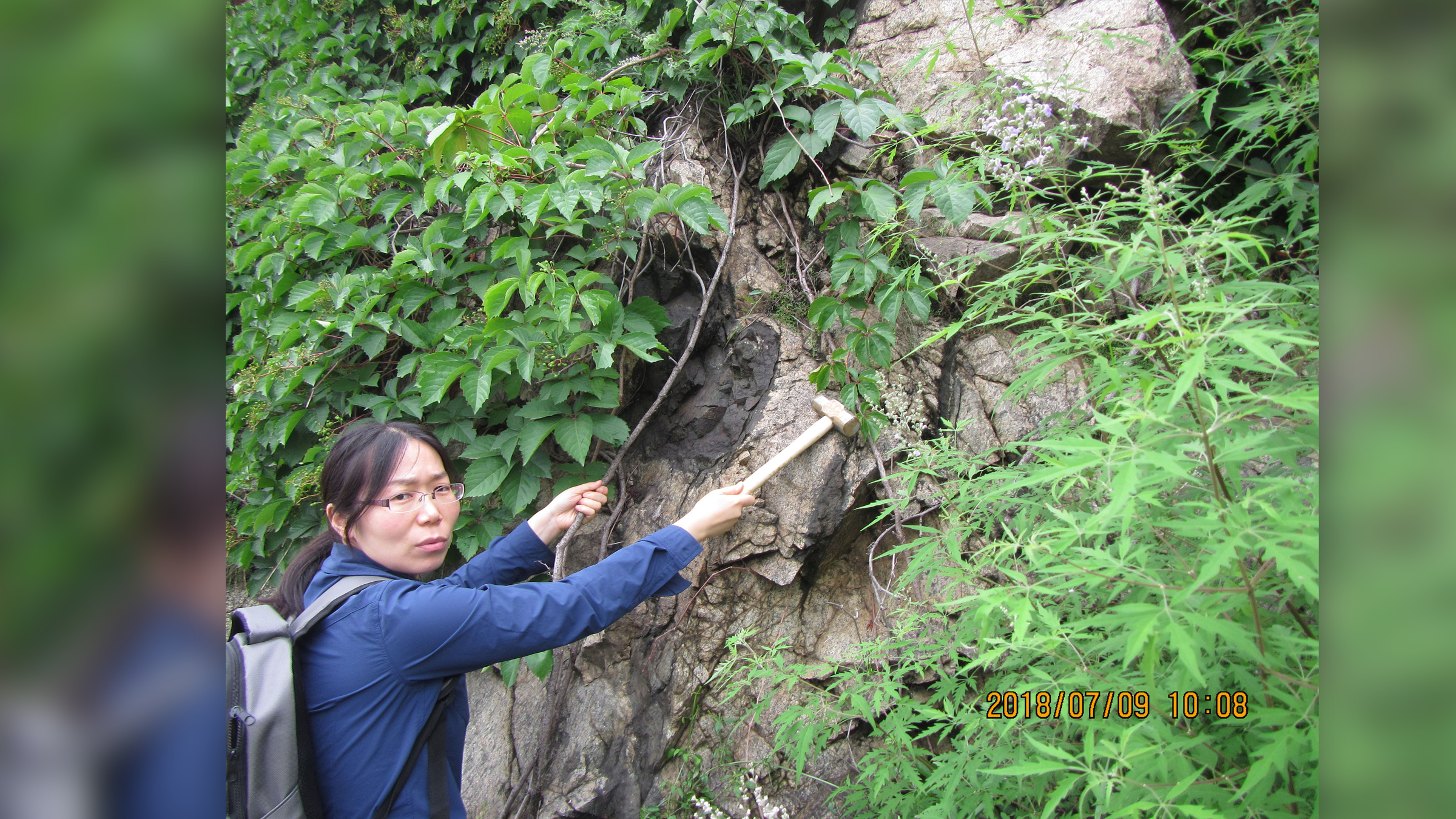
A lab analysis of the eclogites from the site revealed that they formed at a spreading oceanic ridge about 2.5 billion years ago, were transported across the ocean floor and then were pushed into the mantle via subduction. Microstructures in the minerals garnet and clinopyroxene indicate that they reached temperatures between 1,458 and 1,634 degrees Fahrenheit (792 and 890 degrees Celsius) and high pressures between 287,000 and 355,000 pounds per square inch (19.8 and 24.5 kilobars).
These figures suggest that the eclogites subducted at least 40 miles (65 km) deep, the researchers reported. Put another way, these findings are similar to data from minerals found at modern subduction zones, Kusky and Wang said.
Related: Scientists Create Tectonic Map of 'Game of Thrones' Continents
Eventually, the pressure from the two colliding tectonic plates squeezed the dense rocks back up to the surface, "much like a watermelon seed between your wet fingers," Kusky and Wang said.
"I think it's a very interesting study," Nicolas Greber, a professor of geochemistry at the Natural History Museum of Geneva and the Institute of Geological Sciences at the University of Bern who was not involved in the research, told Live Science. "These eclogites are important because they not only show that subduction zones existed at that time but actually that these subduction zones were able to be quite steep."
Even so, the findings aren't too surprising or even that new, said Roberta Rudnick, a professor of Earth science at the University of California, Santa Barbara who was not involved in the study. "It's not really particularly novel, in my opinion," as other researchers have already reported on just as ancient eclogites and eclogite minerals trapped inside diamonds that came up through volcanic pipes that "have been very well studied over the decades," she told Live Science.
Rudnick added that "The whole topic of when plate tectonics start is definitely an unsettled question. But I think most of the community would have no problem with plate tectonics being in operation by 2.5 billion years [ago]."
The study was published online April 4 in the journal Proceedings of the National Academy of Sciences.
Originally published on Live Science.

Laura is the archaeology and Life's Little Mysteries editor at Live Science. She also reports on general science, including paleontology. Her work has appeared in The New York Times, Scholastic, Popular Science and Spectrum, a site on autism research. She has won multiple awards from the Society of Professional Journalists and the Washington Newspaper Publishers Association for her reporting at a weekly newspaper near Seattle. Laura holds a bachelor's degree in English literature and psychology from Washington University in St. Louis and a master's degree in science writing from NYU.
